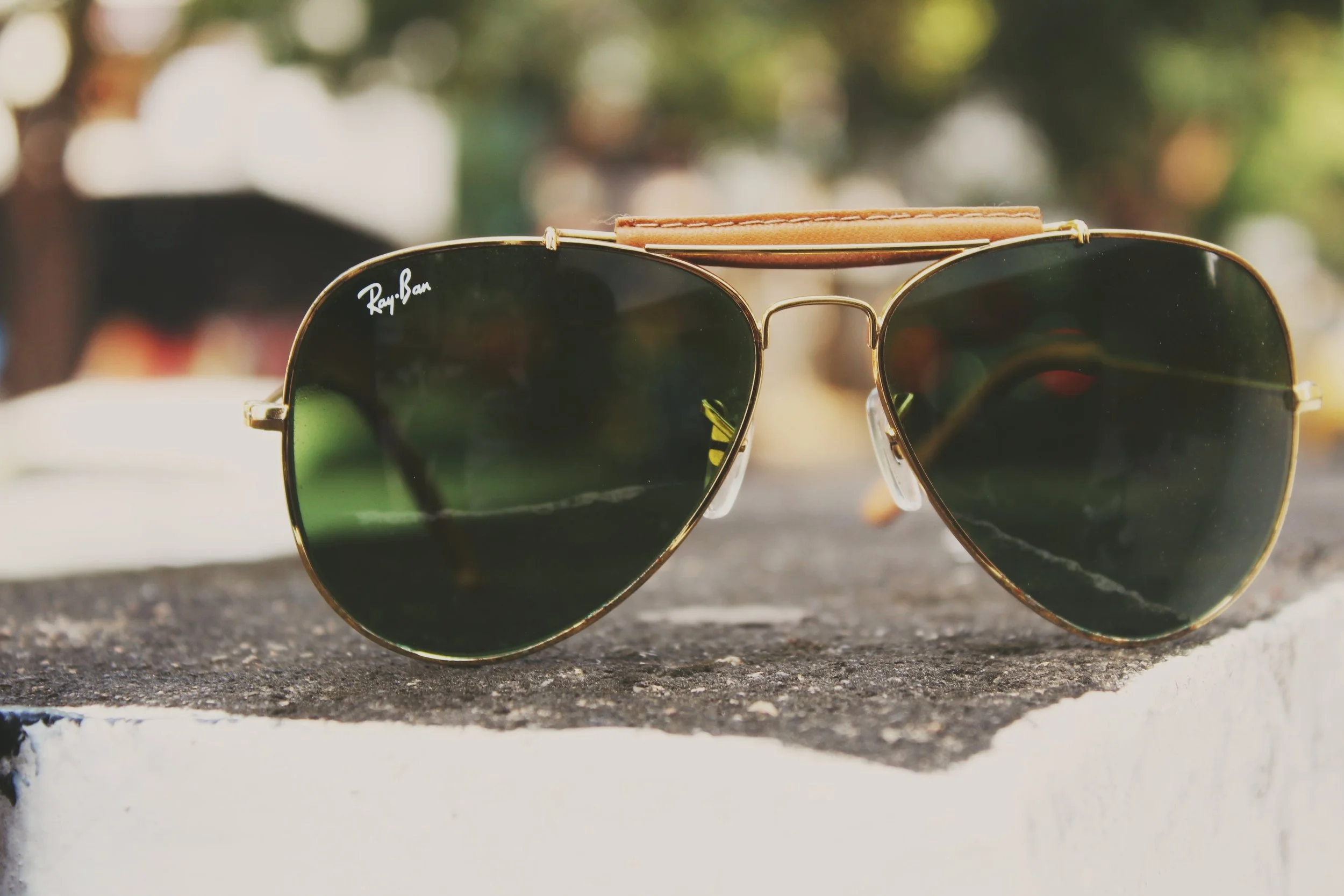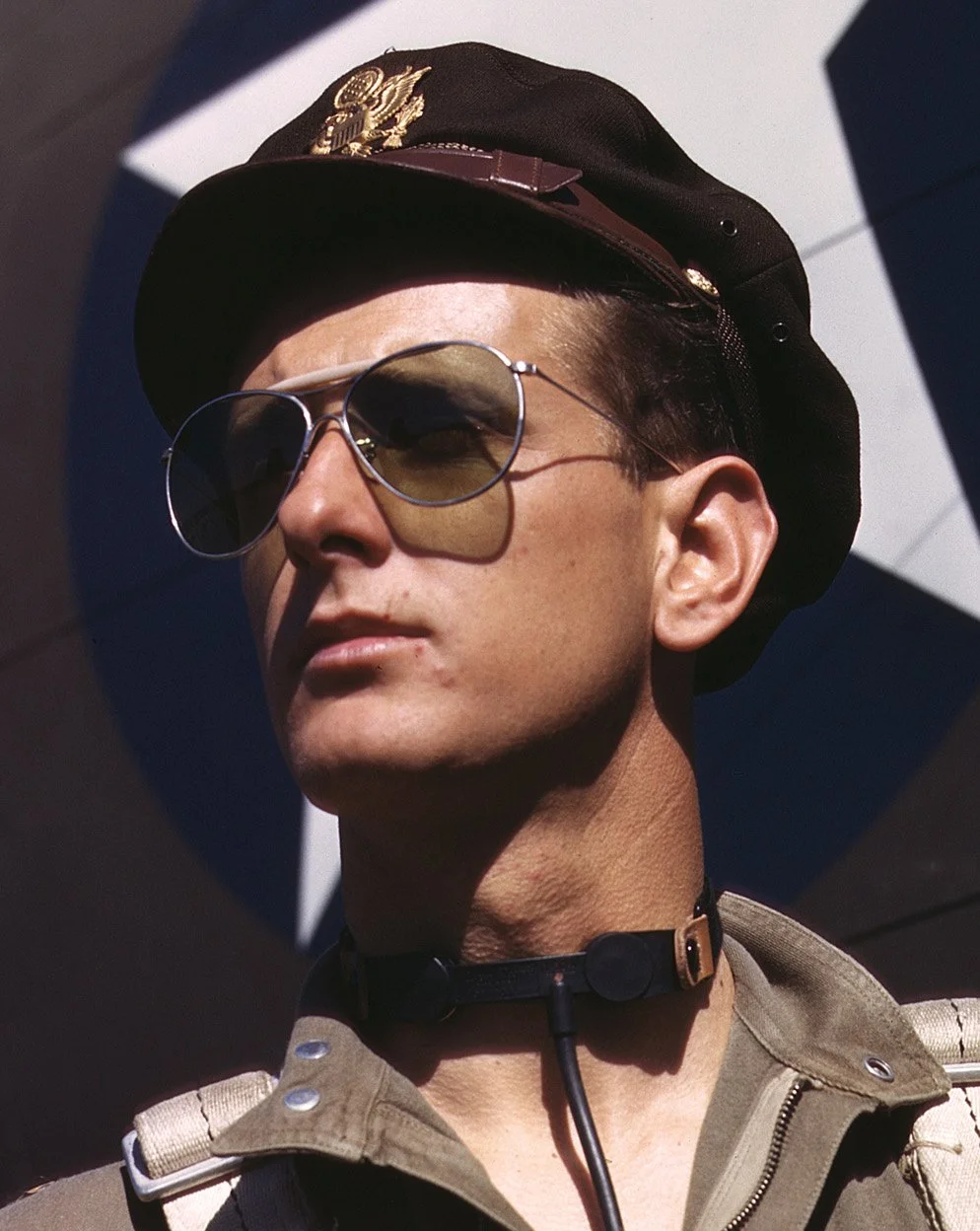The Timeless Style of Aviator Glasses: A Look at Their Fascinating History
Introduction
When it comes to iconic eyewear, few styles can compete with the aviator glasses frame. With their distinctive teardrop shape and sleek metal design, aviator glasses have been a fashion staple for decades. But do you know the history behind these timeless frames? In this blog, we will take a closer look at the intriguing journey of aviator glasses, from their military origins to their enduring popularity in the world of fashion.
The Birth of the Aviator Glasses
The aviator glasses frame was first introduced in the 1930s and quickly gained popularity, becoming synonymous with the daring and adventurous spirit of the era. The design was initially created by Bausch & Lomb, an American company now known as Ray-Ban. In 1936, Ray-Ban launched the "Ray-Ban Aviator" sunglasses, designed for U.S. military pilots. These glasses were specifically crafted to meet the needs of aviators, featuring a lightweight metal frame and lenses that provided exceptional protection against the sun's harsh rays
World War II and Pop Culture
During World War II, aviator glasses became standard issue for U.S. military pilots. Their utility was undeniable, as they effectively shielded pilots' eyes from the sun and reduced glare, improving their visibility in the skies. This military association with bravery and heroism cemented the aviator glasses' status as an emblem of rugged, no-nonsense style.
After the war, aviator glasses made their way into popular culture. Hollywood played a significant role in propelling these frames into the mainstream. Iconic actors such as Marlon Brando and James Dean donned aviator glasses, making them the epitome of cool and rebellious style. Their presence in movies like "Rebel Without a Cause" further solidified their place in the fashion world.
The Rock 'n' Roll Era
In the 1950s and 1960s, the aviator glasses continued to be a symbol of counterculture and rebellion. Musicians like Elvis Presley and John Lennon wore them, adding a touch of mystique to their personas. The glasses became a must-have accessory for those who wanted to emulate the effortless cool of these rock 'n' roll legends.
The Aviator Resurgence
After a brief dip in popularity in the 1970s and 1980s, aviator glasses experienced a resurgence in the 1990s. Once again, Hollywood played a pivotal role in bringing them back into the limelight. Movie stars like Tom Cruise, in "Top Gun," and Johnny Depp, in "Fear and Loathing in Las Vegas," rekindled the public's fascination with aviator glasses.
Today, aviator glasses remain a favorite choice for fashion-conscious individuals around the world. They have evolved over time to include a wide variety of frame materials, lens tints, and sizes, making them suitable for a broad range of styles and preferences.
Conclusion
The history of aviator glasses is a testament to their enduring appeal and timeless style. From their inception as a practical solution for military pilots to their status as a symbol of rebellion and coolness in popular culture, aviator glasses have remained a constant presence in the world of fashion. Whether you wear them for their functionality or to make a fashion statement, aviator glasses are more than just eyewear; they are a piece of history and an enduring symbol of style and confidence. So, the next time you put on a pair of aviators, remember the rich history and legacy that you are embracing.



